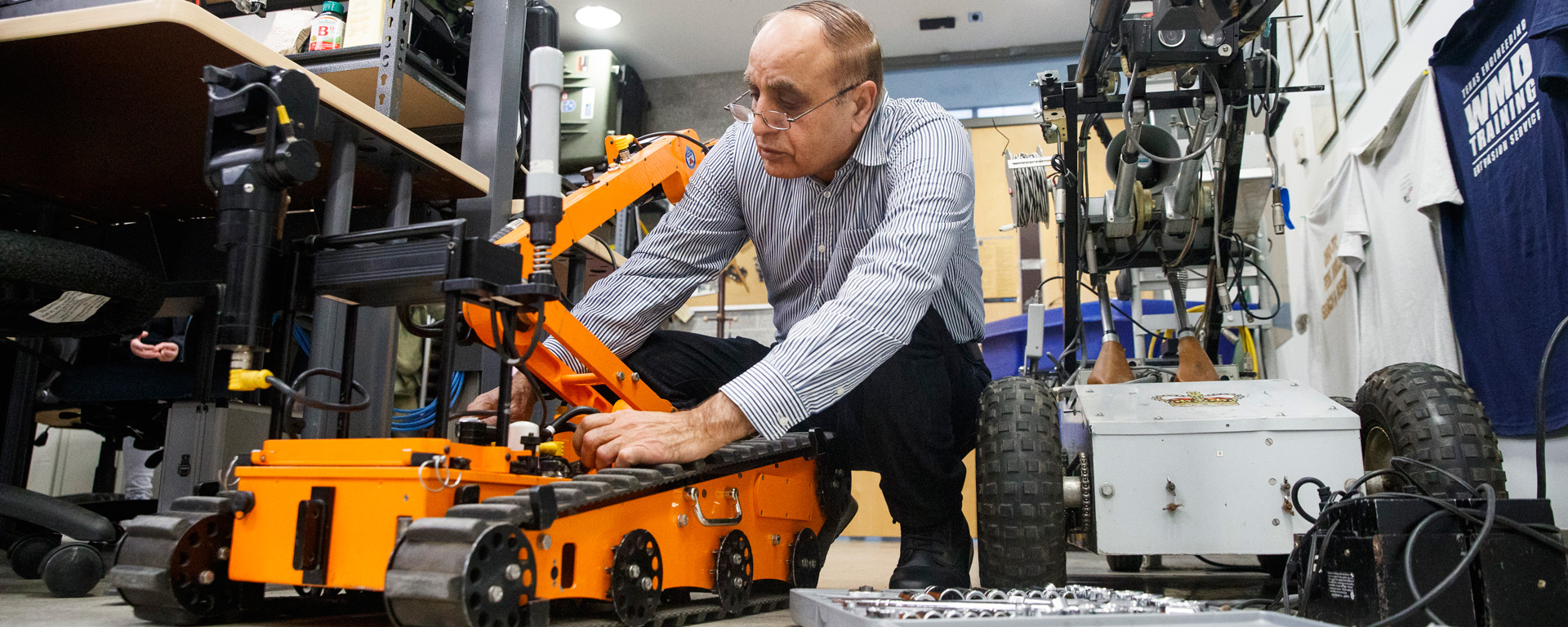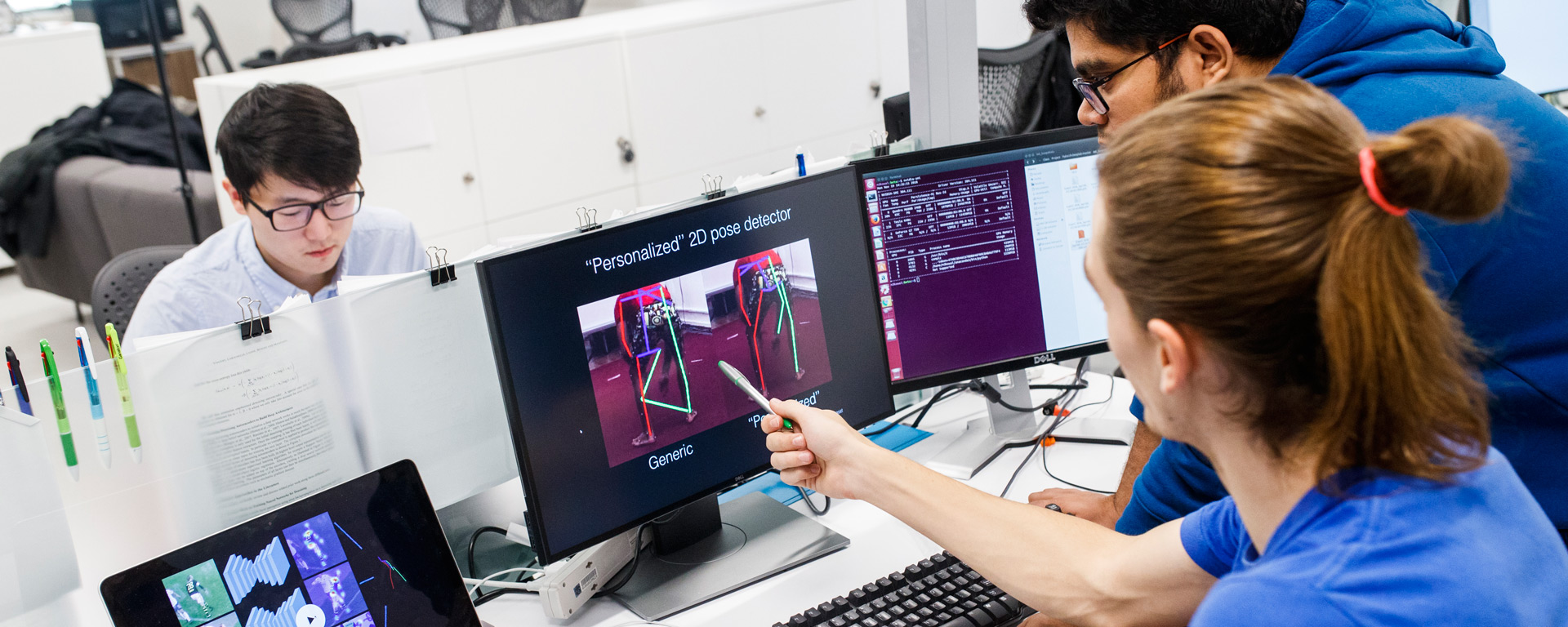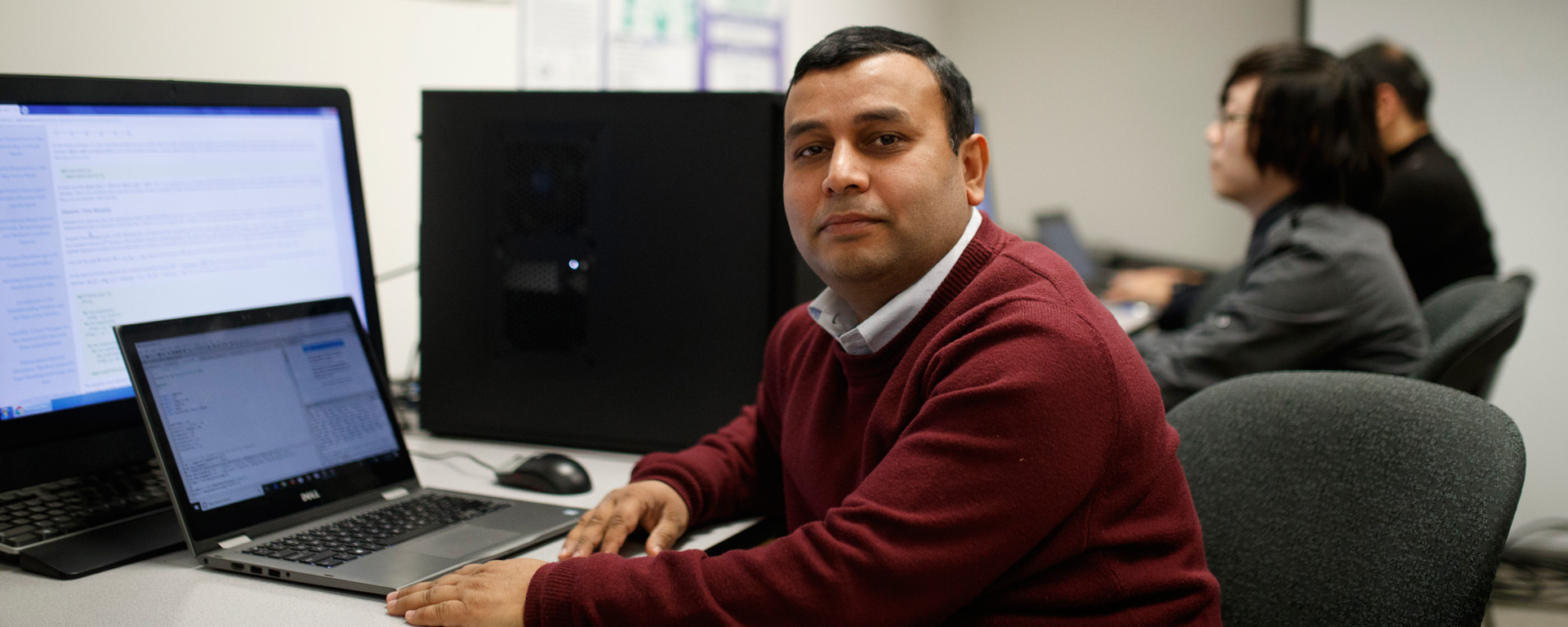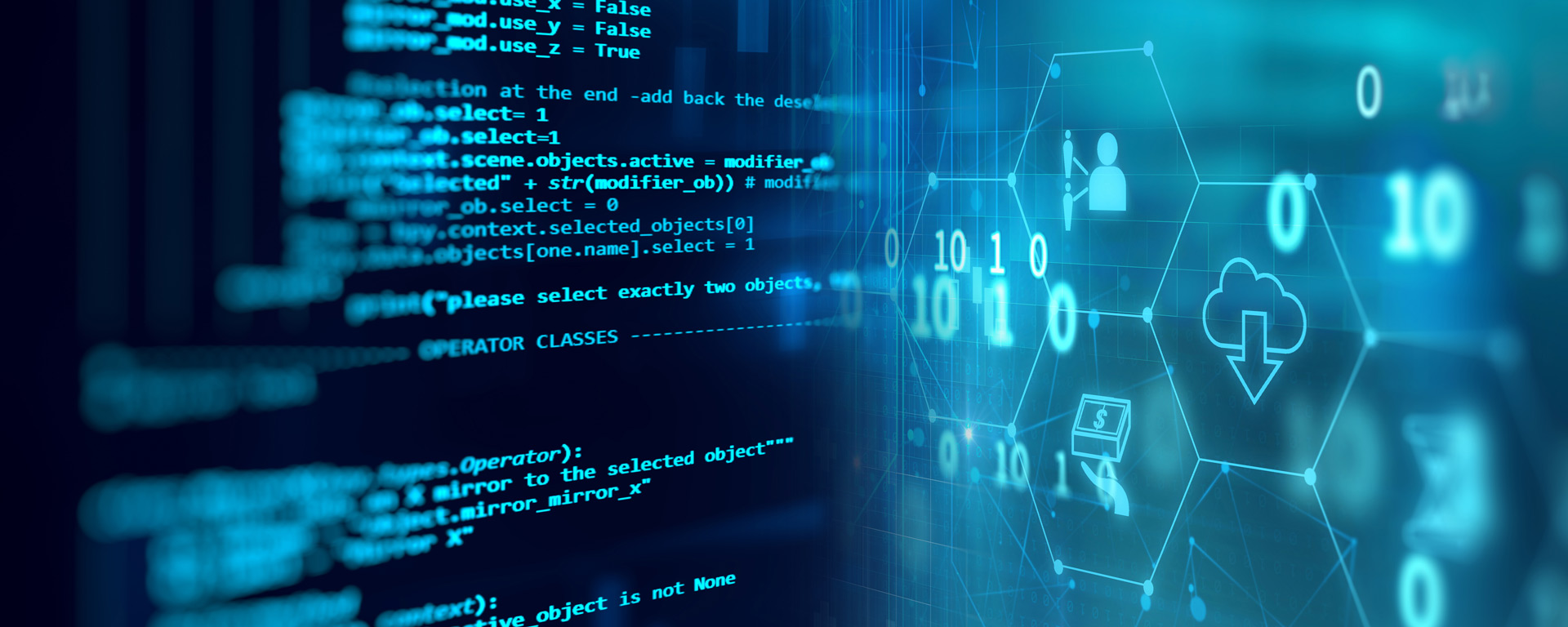Advanced Research in Computer Science

Artificial Intelligence & Machine Learning
A number of our professors conduct fundamental and applied research in AI, machine learning and deep learning. We develop algorithms to model complex systems and automate computational tasks and creative problem solving. Some of our work has included:
- QoS-based recommender systems for cloud services
- Behavior analytics for social networks, user modeling and profiling
- Clinical decision-support software to recommend radiology diagnostics using predictive analysis of symptoms.
- Predictive and image analysis in neuro-trauma, and micro-hemorrhages and lesions in the brain
- Knowledge representation and reasoning about actions and events
Selected Industrial & Research Collaborations: National Ballet of Canada, MedCurrent, Post Beyond, Mount Sinai Hospital, St. Michael's Hospital, Toronto General Hospital, Institute for Biomedical Engineering, Science and Technology (iBEST)

Professors and Labs: Dr. Cherie Ding, Dr. Mikhail Soutchanski, Dr. Richard Wang, Dr. Alireza Sadeghian's Advanced Artificial Intelligence Lab

Computational Geometry
Almost all problems can be expressed in terms of geometry. Under the leadership of Dr. Yeganeh Bahoo, the Geometric Computing lab explores algorithm design and data structures specific to such problems. By combining geometry and computer science, the lab develops new insights and targeted solutions for a wide variety of current and potential industrial applications, such as:
- Transmission of communications over wireless networks
- Motion and visibility problems for robotics
- Collision detection in virtual reality
- Optimal route planning for search-and-rescue scenarios
- … and more
Most recently, the lab has worked with industry partner, CAMufacturing Solutions Inc. to design automated toolpaths for 3D printers in additive manufacturing, based on the tessellation of triangles in a mesh to graphically represent a 3D surface.

Computational Public Safety & Robotics
The Computational Public Safety Lab (external link) has been developing real-world applications for over 20 years. Professor Alex Ferworn and his multidisciplinary team have produced award-winning work featured in Vice Media, The Discovery Channel, the Toronto Star and many other venues. The Computational Public Safety Lab currently focuses on designing and developing applications to assist emergency responders in saving lives. Recent projects include:
- Drones/Unmanned Aerial Systems (UAS) for search-and-rescue operations attempting to find lost people with dementia
- Virtual 3D Disaster Scene Reconstruction Models for studying and predicting disaster rubble behaviour, and
- Game-Based Tools and Simulations for first responders involved in making Improvised Explosive Devices (IED) safe
Research Collaborations: The Computational Public Safety Lab conducts research in partnership with numerous educational, corporate and industrial organizations, the OPP, Durham Region Police, firefighters, canine handlers and a broad range of social scientists and others. It also maintains a close working relationship with Toronto Metropolitan's Library Collaboratory.

Computer Vision and Intelligent Systems
Dr. Wang directs the Computer Vision and Intelligent Systems Laboratory (CVIS). The lab conducts cutting-edge research in computer vision, image analysis, and machine learning, with applications to intelligent systems. The team is active in the following research topics with publications at top conferences like CVPR, ICCV, ECCV, MICCAI, AAAI, NeurIPS, ICRA, etc.
- Machine learning and artificial intelligence
- Object detection and recognition
- Visual SLAM and robot navigation
- Visual attention and object tracking
- Structure from motion and 3D computer vision
- Applications in robotics, self-driving, and biomedicine

Cybersecurity
Dr. Ali Miri directs the Information and Computer Security Lab (iCaSL). For over 25 years, his research team has innovated cost effective strategies to make information systems faster, more reliable and more secure. The team is actively developing diverse industry and security-related projects, including:
- Mobile platform security
- Scalable solutions for securing cloud services
- Classifying the effectiveness and impact of attacks on operating systems, and hardware and software features
Industry Projects: Professor Miri has been involved in numerous research collaborations with governmental and industrial partners including: Telus, Bell, Ericsson, Alcatel, IBM, QNX, and major banks.

Data Science
Dr. Abdolreza Abhari directs the Distributed Systems and Multimedia Processing (DSMP) lab. The research team is active in researching:
- Data science, data mining and database systems
- Web social networking, sensor networks and distributed systems
- Modeling and simulation
- Multimedia processing
Selected Research Projects:
- Object Movement Detection by Real-Time Deep Learning on Intelligent Security Cameras
- Twitter Recommender System Simulator (external link)
- Analyzing Building Performance with Wireless Sensor Networks
Industrial Collaborations: DSMP lab has collaborated with BISC Group at Berkely University, Society for Modeling and Simulation, Autodesk, GoldLine, Kela, and Prime corporations.

Software Engineering
Professor Andriy Miranskyy directs research on the many possible risks associated with the software engineering process, with a special focus on complex systems that analyze big data. If not detected and mitigated, any such risks could result in poor business decision-making, overburdening of customer support services, unplanned and prolonged outages, overshot budgets and project schedules. Risks may include improper testing of big databases, system failure associated with non-scalable algorithms, late-stage requirements introduced into the development cycle, and spikes in consumer-discovered product defects. By exploring how to quantify and mitigate risk, our lab aims to make the computing world a safer place.
This vibrant area of exploration blends the inter-relation of software engineering, machine learning, and data science. To reach our aim, we leverage technologies, such as
- Data mining
- Deep learning
- Simulation
- Blockchain
- Cloud computing
- Quantum computing
- High performance computing
Industrial Collaborations: we validate our research on real-world projects with the help of industrial partners, such as Environics Analytics, eSentire, and IBM.

Wireless Communications and Networks
Dr. Isaac Woungang directs the Distributed Applications and Broadband NEtworks Lab (DABNEL). The lab was created in 2002 and focuses on applying knowledge from mathematics and artificial intelligence to address challenges posed by wireless communications and networks, and the security of these systems. The team is actively developing diverse industry and organizations related projects in:
- Opportunistic networks design, security, control, and management
- Mobile cloud and edge computing
- Game-theory models for wireless communications networks
- Machine learning and its applications to B5G networks
- Resource management in multi-tier cellular wireless networks
- Beyond 5G (B5G) cellular networks (coexistence, distributed wireless access, scheduling, power control, network selection, cloud-RAN and mobility/handoff management)
Industrial Collaborations: Dr. Woungang has been involved in numerous research collaborations with governmental and industrial partners, including Plurilock Solutions Inc., IBM, and RBC, among others.